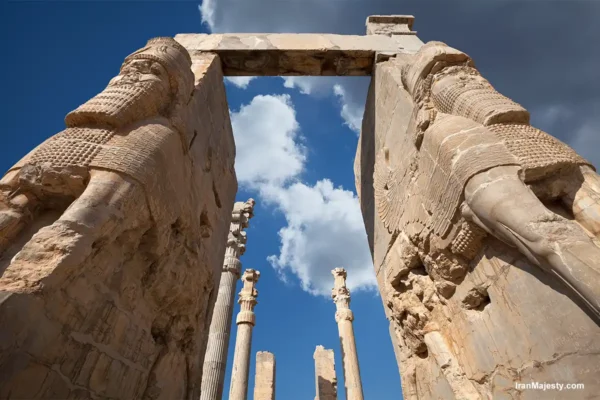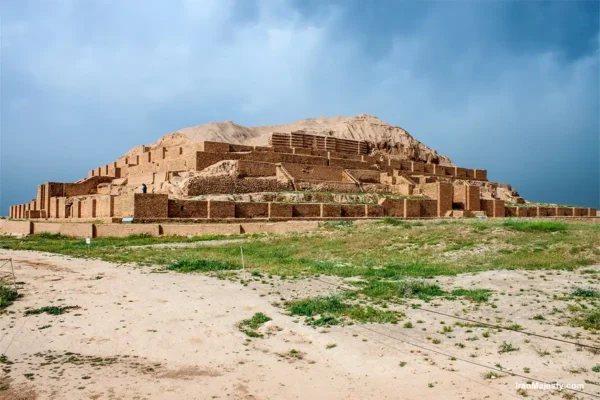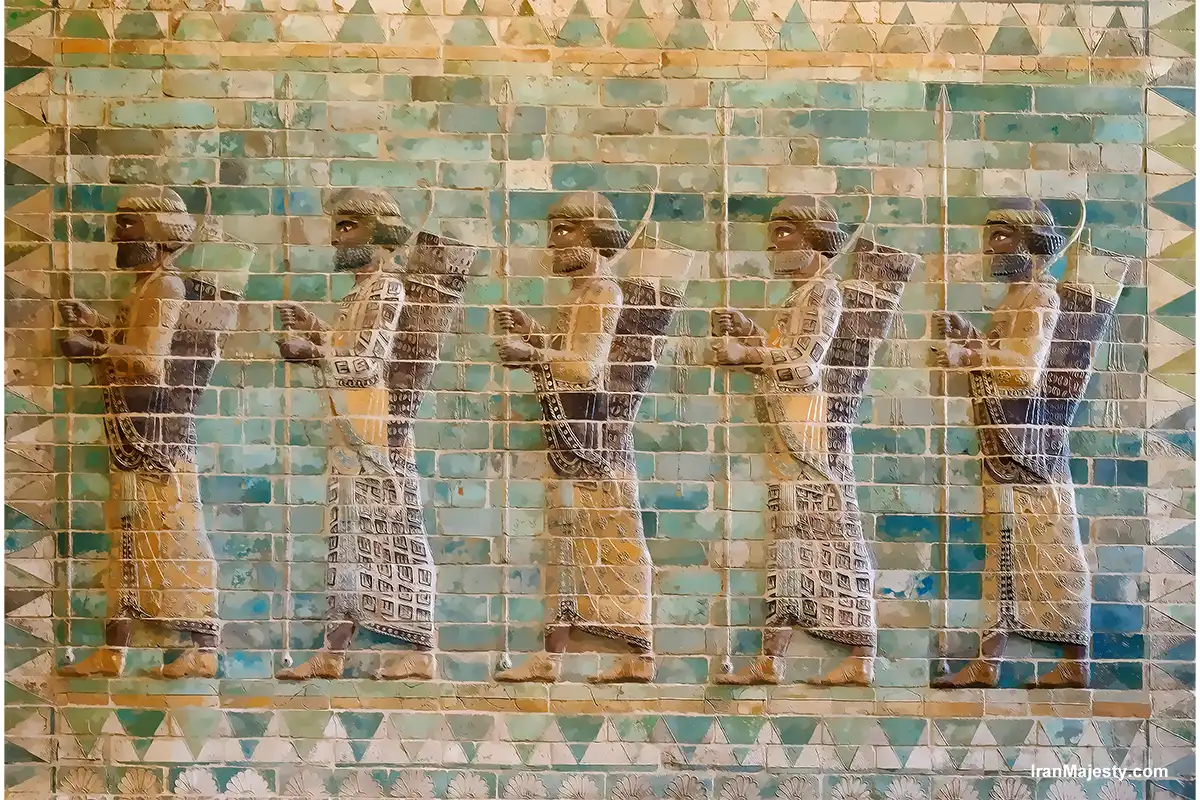Emma, a history teacher from Australia, had always dreamed of visiting Iran to see its ancient sites. When she finally arrived at Persepolis, the capital of the Achaemenid Empire, she was amazed by its magnificence. “Pictures and books don’t do justice to this place,” she said while walking through the Gate of All Nations, where massive stone columns stood proudly despite centuries of weathering. The intricate carvings of warriors, kings, and mythical animals seemed to tell a story of a mighty civilization that once ruled a vast part of the world. Emma could imagine the grand ceremonies that must have taken place there, with ambassadors from different parts of the empire bringing gifts to honor the Persian kings.
Her journey didn’t stop there. Emma continued to Pasargadae, the resting place of Cyrus the Great, the founder of the Persian Empire. Standing before his simple yet powerful tomb, she reflected on his legacy of creating one of the most inclusive empires of ancient times. “It’s incredible to see how much of human history was influenced by this region,” Emma said. These experiences deepened her connection to the history she had been teaching for years. For her, visiting Iran wasn’t just about seeing historical sites; it was about connecting with the roots of global civilization.
If you have ever wondered what it feels like to walk through history, Iran’s ancient landmarks will make you feel like you’ve traveled back in time.Iran is a top destination for travelers drawn to ancient history, rich cultural heritage, and remarkable archaeological sites. With a history spanning over 2,500 years, Iran offers countless opportunities to explore the stories of empires, kings, and civilizations that shaped not only the region but the entire world. Let’s take a closer look at what makes Iran a fascinating destination for history enthusiasts.
Discovering Importance of Iran: Iran’s Ancient Empires
Iran’s history is rooted in the ancient civilizations of Elam, Media, and most notably, the Achaemenid Empire. The Achaemenid Empire, founded by Cyrus the Great in the 6th century BCE, became one of the largest empires in history, stretching from the Mediterranean Sea to India. Cyrus is remembered as a leader who promoted tolerance and human rights, establishing the Cyrus Cylinder, which some consider the first declaration of human rights.
The ruins of Persepolis, the Achaemenid Empire’s ceremonial capital, remain a remarkable historical site, showcasing the architectural and artistic brilliance of ancient Persia. This UNESCO World Heritage Site invites visitors to walk through the halls and columns where ancient rulers held grand ceremonies, and it provides a unique glimpse into the past.
Persepolis: A Testament to Persian Glory
Persepolis, located near the city of Shiraz, is among the most important archaeological sites in the world. Founded by Darius the Great around 518 BCE, it was the jewel of the Persian Empire. The site boasts grand staircases, intricately carved reliefs, and monumental gateways, all of which reflect the empire’s glory and power.
One of the most iconic features of Persepolis is the Apadana Palace, where delegations from across the empire would present their offerings to the king. The detailed carvings here show a variety of cultures, symbolizing the empire’s vast reach and influence.
According to UNESCO, Persepolis is a true representation of the artistic and architectural achievements of ancient Persia, offering travelers a captivating window into the past.

Pasargadae: The Tomb of Cyrus the Great
Another must-visit site in Iran is Pasargadae, the capital of the Achaemenid Empire and the resting place of Cyrus the Great. Cyrus’s tomb, a simple yet impressive structure, stands as a testament to the founder of the Persian Empire. For history buffs, visiting Pasargadae is an opportunity to pay homage to a leader known for his visionary leadership and contributions to civilization.
Pasargadae is more than just an ancient city; it is a place that holds significant historical and cultural importance. Walking through this ancient landscape, one can imagine the beginning of one of the world’s greatest empires.

Susa: One of the Oldest Cities in the World
Susa, located in southwestern Iran, is one of the oldest known cities and was once a hub for the Elamite, Persian, and Parthian empires. It is here that the famous Code of Hammurabi was found, and Susa remained a critical city through various eras. Today, visitors can explore the remains of the Great Apadana Palace and the Ziggurat of Chogha Zanbil, one of the few remaining ziggurats in the world and another UNESCO World Heritage Site.
Susa’s ancient relics tell stories of a city that thrived through multiple empires and cultures, offering travelers a rich experience of history and archaeology.
Why Visit Iran?
Iran’s ancient history is just one of the many reasons to visit this remarkable country. In addition to its historical sites, Iran offers a welcoming culture, delicious cuisine, and breathtaking landscapes. Visiting Iran allows you to step back in time and experience a civilization that has greatly influenced world history.
Whether you’re captivated by the grandeur of Persepolis, the wisdom of Cyrus the Great, or the mystique of ancient Susa, Iran promises a unique journey through time.
Ready to explore Iran’s rich history? Plan your trip and immerse yourself in the stories and sites that have shaped civilizations for centuries!
“For a deeper perspective on Ancient History of Iran, here’s an excellent video from Captivating History. It’s included here for added context and appreciation of the creator’s expertise.”

Footnote: We’d love to hear from you! Leave a comment below with any questions or thoughts about Iran’s history. If you enjoyed this article, please share it with others who might be interested in discovering Iran’s ancient wonders!
For more in-depth information about Importance of Iran, check out The Shooting Star’s article on Importance of Iran as a Travel Destination for a comprehensive look into its fascinating past.


0 Comments